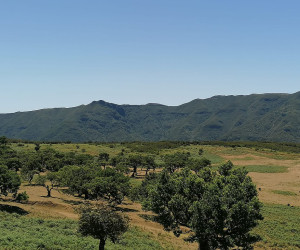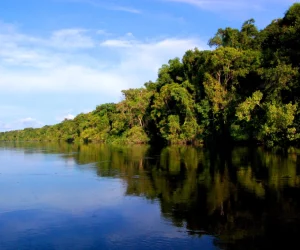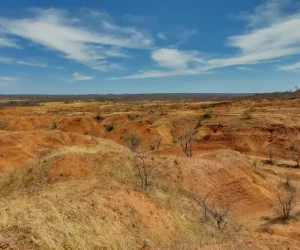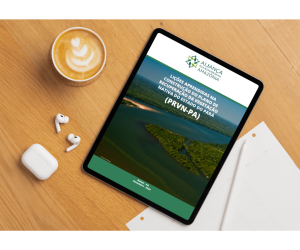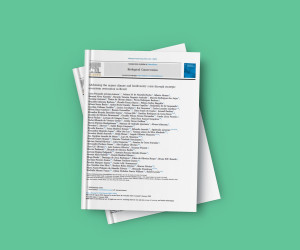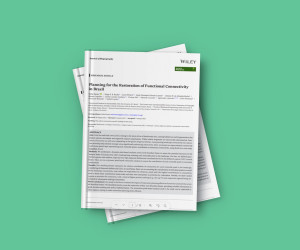Publications > Article
Evaluating the impact of future actions in minimizing vegetation loss from land conversion in the Brazilian Cerrado under climate change
The global network of protected areas (PAs) is systematically biased towards remote and unproductive places. Consequently, the processes threatening biodiversity are not halted and conservation impact—defined as the beneficial environmental outcomes arising from protection relative to the counterfactual of no intervention—is smaller than previously thought. Yet, many conservation plans still target species’ representation, which can fail to lead to impact by not considering the threats they face, such as land conversion and climate change. Here we aimed to identify spatial conservation priorities that minimize the risk of land conversion, while retaining sites with high value for threatened plants at risk from climate change in the Brazilian Cerrado. We compared a method of sequential implementation of conservation actions to a static strategy applied at one time-step. For both schedules of conservation actions, we applied two methods for setting priorities: (i) minimizing expected habitat conversion and prio

